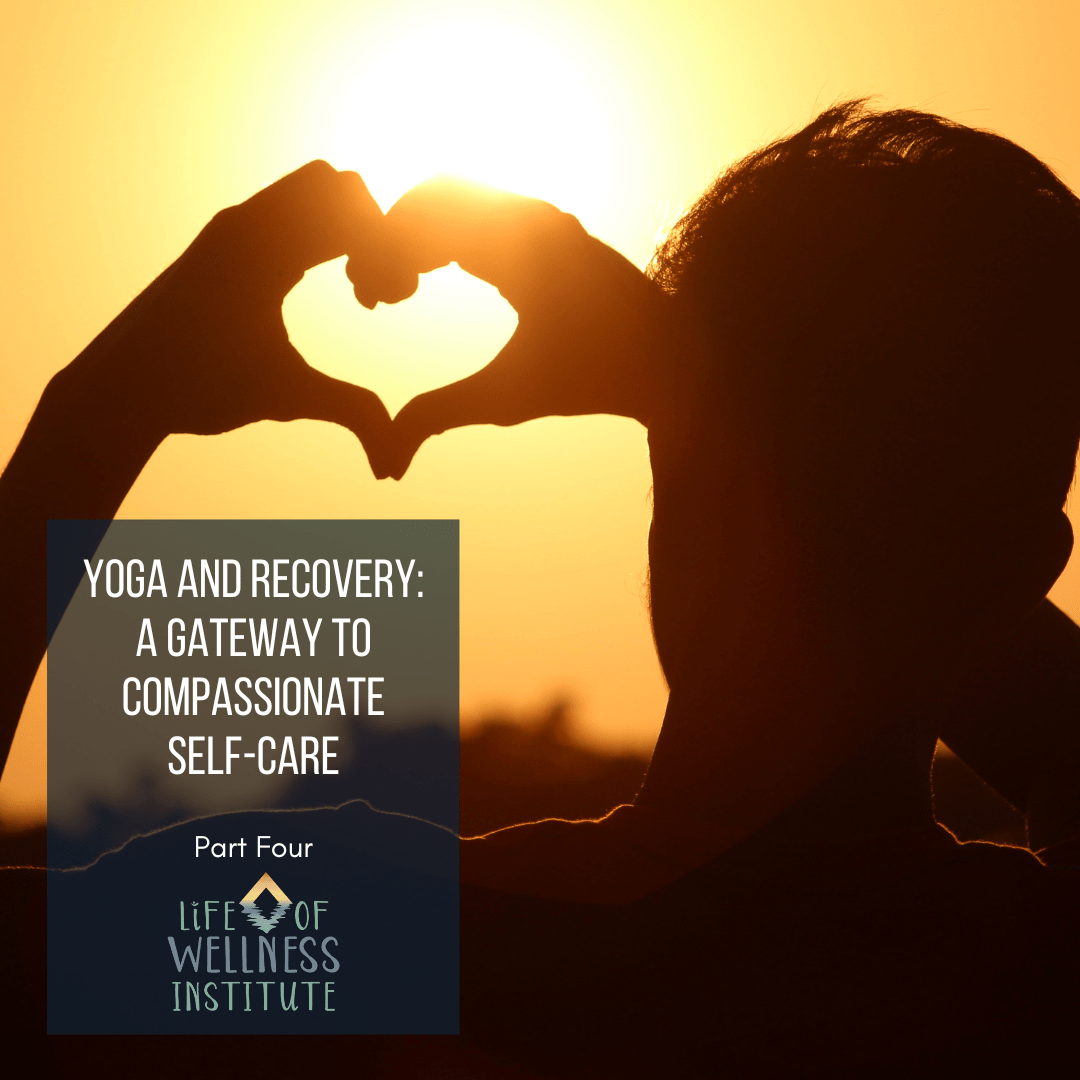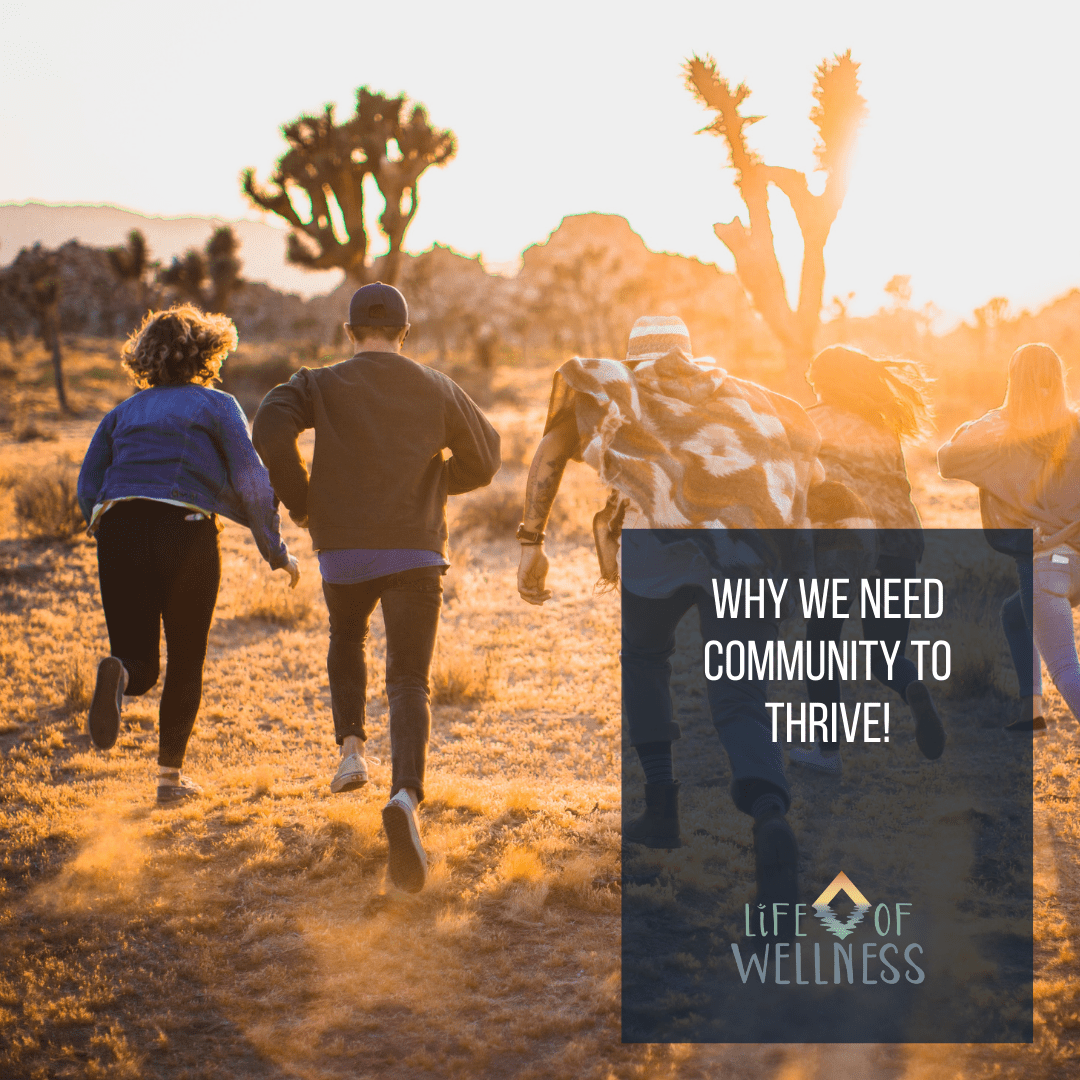Burnout has taught me the importance of self-awareness, rest, and healing. I’ve realized that burnout often starts with not being able to complete tasks I’ve set out for myself, leading to self-doubt and the feeling of failure. I often push myself harder to cope with these emotions, neglecting self-care and eventually leading to exhaustion. This cycle can be challenging to break, and I’ve experienced burnout several times, with my most significant crash happening a couple of years ago.
Not taking care of my wellness had significant consequences, starting with getting sick and resulting in significant life changes to recover. It was tempting to blame others or circumstances, but I realized I needed to take responsibility and cultivate self-awareness to heal. Like many others, awareness and healing became my only choice when my patterns threatened my health. While my journey toward preventing burnout has been long, it has taught me valuable lessons about the importance of self-care and self-awareness.
Recognizing your pattern toward burnout
The journey towards preventing burnout and developing self-awareness requires introspection and facing our patterns head-on. It’s crucial to recognize that we are responsible for our choices, and nothing will change for the better without acknowledging our patterns. This step is not easy, and accepting that we are the only ones who can change them can be challenging.
It’s important to forgive ourselves for having these patterns, no matter how we learned them or who our role models were. Then, we must let go of any guilt or shame associated with these patterns and focus on how we can change them. While this can be a difficult process, we must recognize that we are not alone and can ask for help from our closest friends and family.
Hindsight can also be a powerful tool when it comes to preventing burnout. Reflecting on how we felt, what we were thinking, and what we did can provide valuable insight into our patterns and how they affect us. For example, feeling tired is often the first sign of burnout, and taking it seriously and not doubting it as needing a day off or a vacation is essential. Recognizing the signs and asking for help can prevent burnout and develop self-awareness.

Changing your language
Self-awareness is crucial in communicating with ourselves and others about our feelings. For example, “I’m so tired” is a common complaint that can easily signal burnout. However, what does “tired” really mean? It could indicate that we need rest, are bored, or are not in good physical condition. If we nap, engage in something engaging, or improve our physical health, we should be fine. But the reality is that it’s not always that simple, and we hear this complaint frequently from ourselves and others. Being tired is a persistent issue because it is often a symptom of our feelings rather than the root cause.
By eliminating the phrase “I’m so tired” from our vocabulary, we can become more mindful of our underlying emotions and take steps to address them. This involves being honest and recognizing when we feel overwhelmed or burnt out. By acknowledging our feelings and seeking support from others, we can prevent burnout and lead healthier, more fulfilling lives.
I encourage you to dig a little deeper. Why are you tired?
Burnout is a widespread problem that affects people both personally and professionally. To avoid burnout from taking over one’s life, it is essential to address its root cause. Identifying the source of exhaustion can be challenging since tiredness is not just a physical symptom but can also be a manifestation of emotional, mental, or spiritual exhaustion.
Individuals experiencing burnout may feel like they are struggling through each day with no end in sight. They may have lost interest in activities that once excited them and find it difficult to complete their daily tasks. To combat burnout, the language one uses is essential. Instead of simply saying, “I’m tired,” it is helpful to be more specific about the type of exhaustion one is feeling.
If one is physically tired, it could be due to sitting at a desk all day and not getting enough movement. Taking stretch breaks, going for walks, or exercising can help rejuvenate the body. If one is mentally exhausted, an overwhelming to-do list can be the culprit. In this case, breaking down tasks into smaller, more manageable pieces can help ease stress and restore a sense of control.
Addressing burnout requires a multifaceted solution. This may involve changing one’s work environment, setting boundaries, prioritizing self-care, seeking support from loved ones, or even seeking professional help. The key is to take a step back, reflect on one’s life, identify the source of exhaustion, and take active steps to address it.
To conclude, burnout can affect anyone, and it is crucial to address it before it takes over one’s life. Being specific about the type of exhaustion one is experiencing and changing one’s language can help identify the root cause of burnout. Remember that exhaustion is not only physical but can also be a result of emotional, mental, or spiritual strain. Taking active steps to address the source of burnout can lead to a more fulfilling life.
How to discern what we are feeling
To uncover the underlying cause of your emotions, you can try using the 5 Whys technique. This method repeatedly asks the question “why” to explore cause-and-effect relationships related to a specific issue or problem. The ultimate objective is to identify the root cause of the problem or defect by repeatedly asking “why.”
Upon using the 5 Whys technique, I experienced a remarkable change in my ability to articulate my emotions, describe the situation with clarity, and identify my needs. Here’s an instance of this from an experience of when I was facing burnout.
Example
This past month has been hectic; being tired has become a trend.
- Why? – It’s been a very long year. I have been running a business, completed 5 x 200-hour training courses, and cared for a sick family member who just spent two weeks here and healing from surgery.
- Why? – A family member got sick after choosing to go back to school for 1.5 years. I chose to help.
- Why? – I tend to take on a lot at once without resting in between or re-assesses the list.
- Why? – I took on a lot, and when a family member got sick, I felt guilty that I was busy, so I said I’d help.
- Why? – Saying no to someone suffering is hard for me. I’d rather burn out than say no.
Continue reading Life of Wellness Blog
Disclaimer:
No content on this site, regardless of date, should ever be used as a substitute for direct medical advice from your doctor or other qualified clinicians.




I love that you look up the definition for the word and also I have never heard of the technique using the 5 whys/hows but am definitely going to try that in the future.